In order for children to participate safely in traffic, it is necessary for them to learn how to behave in traffic. Traffic education usually takes place in elementary school with the help of a law enforcement officer. The highlight is then the bicycle test in the 4th grade, which is a fixed part of the curriculum.
Table of contents
Why Is There A Bicycle Test In Elementary School?
The bicycle is usually the first means of transportation that children use to participate independently in public traffic. To ensure that nothing goes wrong, it is important that they learn how to use a bicycle while still in elementary school. In the theory and practice lessons, knowledge about traffic rules is imparted as well as the Riding the two-wheeler practiced.
Of course, it is advantageous if your child practices handling the bike before the bike test. Only after the test should he or she ride the bike in traffic.
Bicycle Test: What Does It Consist Of?
The bicycle test consists of three parts :
- Theoretical training
- Practical training
- Exam
Theoretical Training
The theoretical part takes place in the school. A teacher teaches the most important traffic rules, i.e. the meaning of different traffic signs and right of way rules. Of course, it is also essential to teach the children the importance of the bicycle helmet.
The dangers of the blind spot and the basics of first aid are also fixed components of the theoretical training. In a questionnaire the traffic rules are asked. The questionnaire contains a total of 20 questions in which the students can demonstrate their knowledge.
The Practical Training
Under the supervision of police officers, the children learn the practical application of their theoretical knowledge. This usually takes place in the schoolyard, in the youth traffic school and in public road traffic. In this way, the children are adequately protected, especially at the beginning of the training, and can gain practical experience and ask questions.
- How do I indicate a lane change?
- How do I react to different traffic signs?
These are all situations that need to be taught extensively. As the saying goes Practice makes perfect. Because only through practical exercises can the little ones train their reactions and practice driving with foresight. This is the only way to avoid accidents.
The Test
You can only take part in the practical test if you have mastered the theoretical test. As a rule, the practical test consists of two parts: an individual test and the class test . Students who have not mastered cycling sufficiently are not allowed to take part.
Individual Test – Every Man For Himself
Here the student is to show that he/she can perform the sequences of actions without errors. Realistic situations are imitated by other students. In addition to avoiding obstacles, the examinee must prove that he/she understands the traffic signs and can follow their instructions.
Test In Class – How To Behave With Several?
Here the child must correctly evaluate and cope with changing situations. The focus is on reaction skills and anticipatory driving. The test lasts about 15 minutes in total. During this time, a police officer observes the driving style. Demerit points are awarded for traffic violations. If the student stays under ten demerit points, the practical bicycle test is considered passed.
After The Bicycle Test Is Before The Bicycle Test – A Role Model For The Children
You as parents are also needed. Practicing together will boost your child’s self-confidence and contribute to a positive outcome of the test. Even if students successfully complete the bicycle test, this does not mean that they are now ready for any challenge in road traffic.
For this reason, it is important that you and your child continue to practice diligently even after the test. You can check whether your child has already mastered and applies the general rules during joint excursions. You can also involve your child in the maintenance of the bicycle. It certainly won’t hurt if he or she learns from you how to fix a flat tire or tighten a brake.


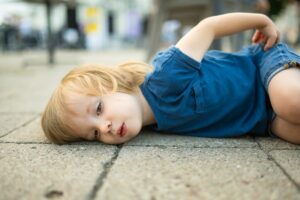

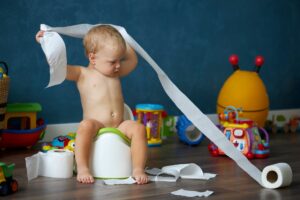
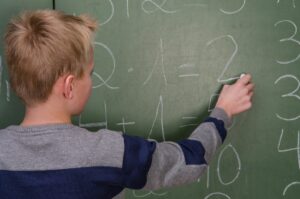
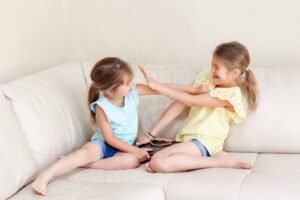

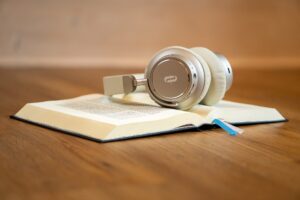


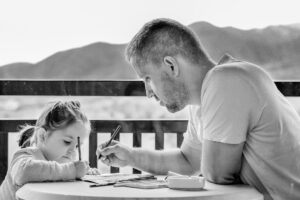

2 thoughts on “Bike Test For Children – Safe On Two Wheels”